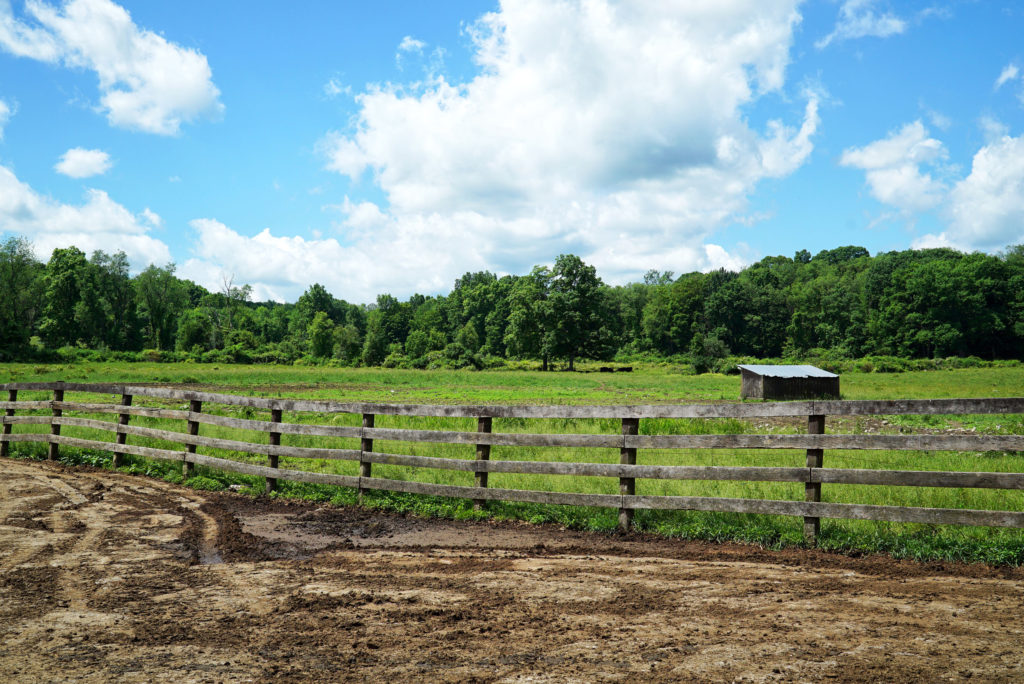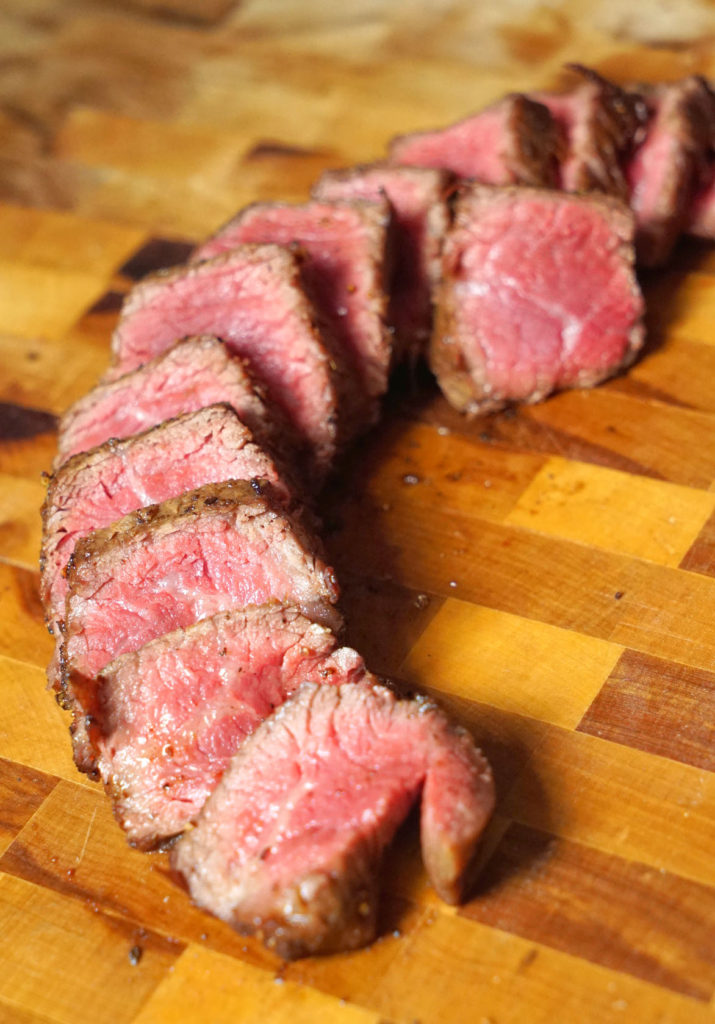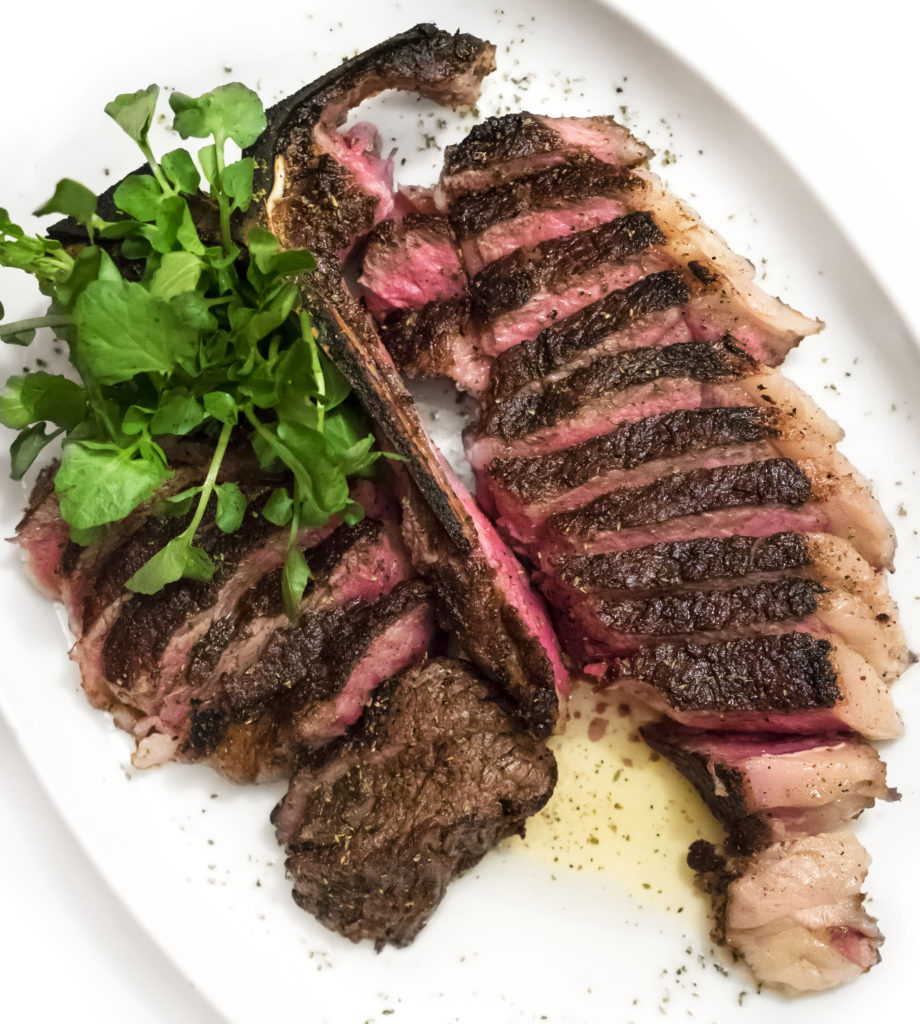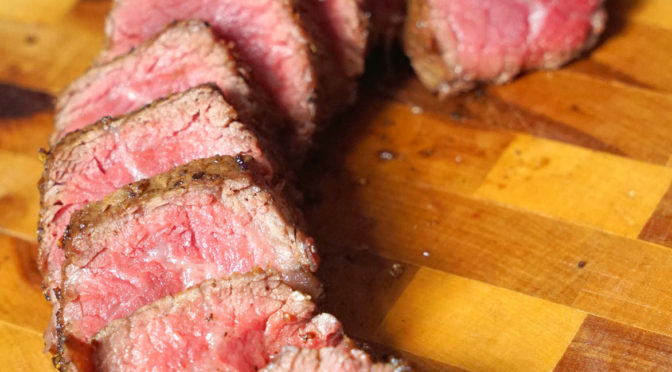A little over a year ago, the World Health Organization published a finding through their International Agency for Research on Cancer (IARC) that the consumption of red meats represented a “hazard” and classified red meat as “probably carcinogenic.” While the craziness over that fake scare has already passed like a cow fart in the wind, I think it’s useful to talk about it here, even if just to reiterate how wrong it was.
First, I think it’s important to discuss a few things right off the bat.
Okay but seriously…
Difference Between Hazard and Risk: The IARC does not evaluate cancer risks. They only identify hazards. A risk is a statement about the probability, possibility or likelihood to cause harm, while a hazard is merely representative of a possibility to cause harm under any circumstances. It is always important to look at hazard and risk together when talking about things like cancer.
Perhaps the best way to illustrate the difference between the two is by way of analogy. Think about driving, for example. If it’s raining, we know that wet roads represent a hazard to drivers for getting into an accident (cancer). Now let’s say you’re speeding, driving with bald tires, and not using your windshield wipers after drinking a six pack of Bud. You’ve significantly elevated your risk of getting into an accident during hazardous driving conditions like wet roads.

If we apply this to beef, the IARC merely told you that the roads are wet. They identified a hazard, and nearly anything can be hazardous. Water is hazardous. It only becomes a risk when you try to breathe it, or drink it while hanging upside down or something ridiculous. So, wet roads? Maybe you walk to work, or maybe you have new tires, drive very slowly in the rain and never drive while intoxicated. As a result, your risk of getting into an accident due to a wet road hazard is very low.
See the difference, and the need to always consider both together? Of course you do, because you’re not an idiot. So when we extrapolate this to something complex, like diet or personal health, the need to assess both becomes absolutely vital. If you’re an alcoholic smoker who works around asbestos all day, never exercises, and consumes nothing but bacon grease, then chances are you’re going to die of cancer pretty quickly, because your personal risk levels are through the roof and you’re dancing around several big hazards.
Scope of Study: First, the IARC does not seem to specialize in the evaluation of food. They’ve looked into more than 1000 chemicals, mixtures, biological agents, personal habits and occupational exposures, but diet and food represent large complexities that are simply out of their realm of specialization.
Second, the IARC only categorizes things into five wishy-washy designations: Probably Not Carcinogenic to Humans (Category 4); Not Classifiable as to its Carcinogenicity to Humans (Category 3); Possibly Carcinogenic to Humans (Category 2B); Probably Carcinogenic to Humans (Category 2A); and Carcinogenic to Humans (Category 1). Aside from the fact that language like “probably” and “possibly” is arbitrary at best, only one substance has ever received the Category 4 designation of “Probably Not Carcinogenic,” and that was caprolactam (whatever the fuck that is).

They claimed that red meat was “probably carcinogenic” (Category 2A) and that processed meats were “carcinogenic” (Category 1). So what do “red meats” and “processed meats” even mean?
According to IARC, red meat refers to “unprocessed mammalian muscle meat.” This means beef, veal, pork, lamb, mutton, horse or goat meat. Yeah, you read that right: Pork is not “the other white meat.” Based on the amount of myoglobin or “stuff that looks like blood, but really isn’t blood” in the muscle tissue, pork is categorized as a red meat.
Processed meat refers to “meat that has been transformed through salting, curing, fermentation, smoking or other processes to enhance flavor or improve preservation.” In the U.S., processed meats like bacon, sausages, hot dogs and deli meats primarily contain pork and poultry, but sometimes contain beef as well.
Note that all production and processing methods fall into these definitions, and that even includes organic, grass-fed, nitrite- and nitrate-free meats, as well as conventional meats. NO ONE IS SAFE FROM THE IARC!!!

Findings: The findings are based on pre-existing research. What is that research? How can they control for external factors that may increase or decrease risk when studying human diet? Well, according to their Q&A, “In the case of red meat, the classification is based on limited evidence from epidemiological studies showing positive associations between eating red meat and developing colorectal cancer as well as strong mechanistic evidence. Limited evidence means that a positive association has been observed between exposure to the agent and cancer but that other explanations for the observations (technically termed chance, bias, or confounding) could not be ruled out.”
In layman’s terms, that means other factors could have influenced the weak positive associations between red meat and cancer, like poor diet, sedentary lifestyle, obesity, bad habits like smoking or excessive alcohol consumption, or even genetic health conditions or pre-existing diseases (think speeding, driving on bald tires, driving while intoxicated, etc). So there’s that difference between hazard and risk being played out again.
In short, don’t believe the hype!
Research has always shown that beef should be part of a healthy and balanced diet. But don’t just take my word for it; check out what some dietitians think. To me, it’s clear that the scientific evidence doesn’t show that red or processed meat causes cancer. Studies in humans are limited and inconsistent, and evidence has weakened over time. Take a look HERE for research that the Beef Checkoff submitted to the IARC. The Beef Checkoff is an organization that’s funded by farmers giving $1 for every animal produced in order to pay for research and marketing campaigns within the industry. If you think those submissions are biased for some reason (which is silly, because beef farmers and ranchers feed their families with the same beef and have a vested interest in the industry’s safety), then go HERE for independent submissions that were sent to the IARC.
Okay so what about hot dogs and bacon, the “processed meats” that were categorized as being “Carcinogenic?” If you poked around their website you may have noticed that smoking and asbestos are in IARC Category 1 as well. But on their Q&A they’ve explained that eating processed meats is not equally as dangerous as smoking – not even close, as a matter of fact. As I mentioned above, rather than assessing the level of risk, the IARC classifications merely describe hazards and potential causes.
Just one last note here on the findings: every one of us has about a 1.8%-4% chance of getting colon cancer, which is the form of cancer that many of the studies focused upon for red meat. Colon cancer is the third most common cause of cancer and cancer-related deaths. Even if the risk of colon cancer goes up 17-18% due to eating red meat, as some of the more fear-mongering studies said (and recall that some studies said there was no increased risk), it’s only about 17-18% of that 4%, or an increased risk of 0.72%. That’s only 4.72% total, if we use the worst figures we can find. The bottom end all-in figure is more like 2.1%, and again that’s only if we ignore all of the other studies that found no risk in eating red meat.
I don’t know about you guys, but even if these false-positive studies were somehow believable, I’d be perfectly willing to take on a 0.3% to 0.7% risk in exchange for a lifetime of enjoying nutritious and delicious red meat in my diet. The air I breathe here in NYC is probably way more hazardous or risky to me than red meat.

Charred Crusts: Another concern that was floating around the web was the idea that the charred outer crisp on meats that develops when the meat comes in contact with fire (like the crust of a broiled steak or the smoky crisp on a flame-kissed burger) is also cancerous.

The chemicals that form during this charring process are present on any meat that gets hit with flame (not just beef). They’re called heterocyclic aromatic amines (HAA) and polycyclic aromatic hydrocarbons (PAH).
They are, indeed, known or suspected carcinogens. However, they aren’t present in high enough concentrations to be a real concern when grilling or cooking. I’ve known of people who charred meat to a crisp and tested the meat afterward, and the amounts of harmful chemical present were so small that they were insignificant. Concentrations matter here. There are probably harmful chemicals in the water you drink too, but unless they’re highly concentrated there’s no cause for concern.
Conclusion: Given the totality of the studies, it’s clear to me that no single food, including red or processed meats, causes cancer. So, my meat minions, beef on with confidence and pride. And go forth and continue to develop that delicious, nicely-textured crust on your steaks and burgers as well. Just don’t overcook anything, for fuck’s sake!

